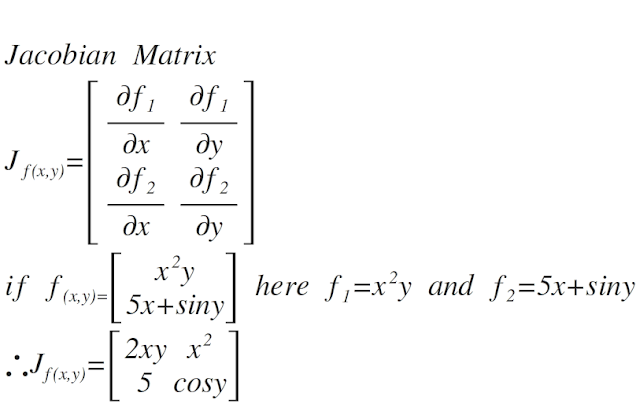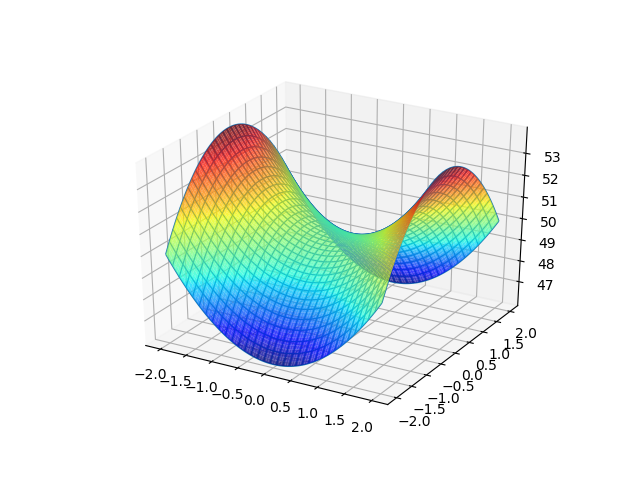CBSE-IX
1.How many moles and molecules are present in 50 Kg marble?
Give an example of a homogeneous mixture with the solid components
Clue: Marble is calcium carbonate whose molecular mass is 100 u convert 50 Kg to gram ie 50,000 g so number of moles is 50,000/100=500 moles
one mole contains 6X10^23 molecules so calculate the number of molecules by multiplying it with 500
Give an example of a homogeneous mixture with the solid components
2.
Scattering
of light by colloidal particles is known as
3.
A man
covers a distance of ‘πr’ along the circumference of a circle of
radius ‘r’ What will be his displacement?
4.
Calculate
the concentration of 12g of urea in 160g solution
5.
Write a
relation between mass and weight
6.
Name the
substance that give strength to sclerenchyma
7.
Name a
coloured plastid apart from chloroplast present in plastids
8.
What is
RER? Write down its function?
9.
Name the
elements of Phloem
10.
Write down
a situation in which
·
A body moves with constant speed but with
uniform acceleration
·
A body with velocity zero but have constant
acceleration
11
Napthalene
balls disappear once exposed Give reason
12
Which body
posses more velocity Justify
14
Prove that
the acceleration due to gravity at the surface of the earth is GM/R2
15
Draw and mark the parts of a Neuron
16
What are” suicide bags “ why this name?
17
Where do you find squamous epithelium?
18
Name a soft connective tissue? Write its location
19
Distinguish between ligaments and tendons
20
What are adipose tissue? Write an example
21
Distinguish between intercropping and mixed cropping
22
What is apiculture? Name an Indian breed used for
this.
23
Derive S=ut+⅟2 at2
24
What is vermin compost?
25
What are
the advantages of hybridization? Write two hybrids of rice
26
State
Newtons 2nd law and derive the expression for force
27
A ball of
mass 2Kg moving with a velocity of 10m/s collide with another ball of mass 1Kg
moving in the opposite direction with 12m/s collide and stick with each other
find the velocity of the combined body after collision.
28
A planet
‘X ‘attracts another planet ‘Y’ at a distance of 2×105 Km whose masses are 2×10 10 Kg and
0.5×10 10
Kg respectively find the force of attraction between them
29
A car
starts from rest and attains a velocity of 36Km/hr during this time it covers a
distance of 200m If the mass of the car is 1200Kg How much force must the
engine exert to make this change?
30
A stone is
dropped from a tower and reaches the ground in 5s Calculate
·
Velocity
just before striking the ground
·
Height of
the tower
·
Velocity
after 2 s
CBSE IX Chemistry Test 2(SA2) Max Marks: 40
1)
Who is known as father of Nuclear Physics?
2)
What are Nucleons?
3)
Name the positively charged and negatively
charged particle in an atom?
4)
Who discovered Neutron?
5)
Who proposed the atomic model first? Name the
model
6)
What are alpha particles? What is its charge?
7)
Who performed the Gold foil experiment?
8)
What is the contribution of Goldstein?
9)
What are energy levels? Who put forward first
this concept?
10)
State Bohr Burry concept?
11)
A neutral atom contains 12 protons how many
electrons do it contain? Also write down its electronic configuration?
12)
An atom contains 11 protons and 12 neutrons
Write down its
·
Configuration
·
Atomic number
·
Mass number
13) Write down the valency and valence
electron of an element with atomic number 15? State whether it is a metal or a
non metal? Justify
14) Draw the atomic structure of an
element with atomic number 20?
15) What are isotopes? Name two
16) What are isobars? Give example
17) What are the uses of Isotopes?
18)
Element Number of Protons Number of Neutrons Number of Electrons
A 18 12 18
B 15 14 14
C 15 16 15
D 17 13 17
·
Identify
the isotopes from the above table
·
Identify
the isobars from the above table
·
Identify
a non metal from the above table
19) 98X48 Write down the mass number, atomic
number, number of protons, number of electrons number of neutrons present in
the atom
20) Explain Rutherford’s gold foil experiment
21) What are the draw backs of
Rutherford’s model?
22) A sample of an element exist in two
isotopes one with mass number 16 which is 70% and other with mass number 20 which is 30% Calculate the mass number of the
element present in the sample




Really helpful post thanks for sharing informative blog, for best CBSE/ ICSE/ IGCSE/IB Coaching in Bangalore click here
ReplyDelete